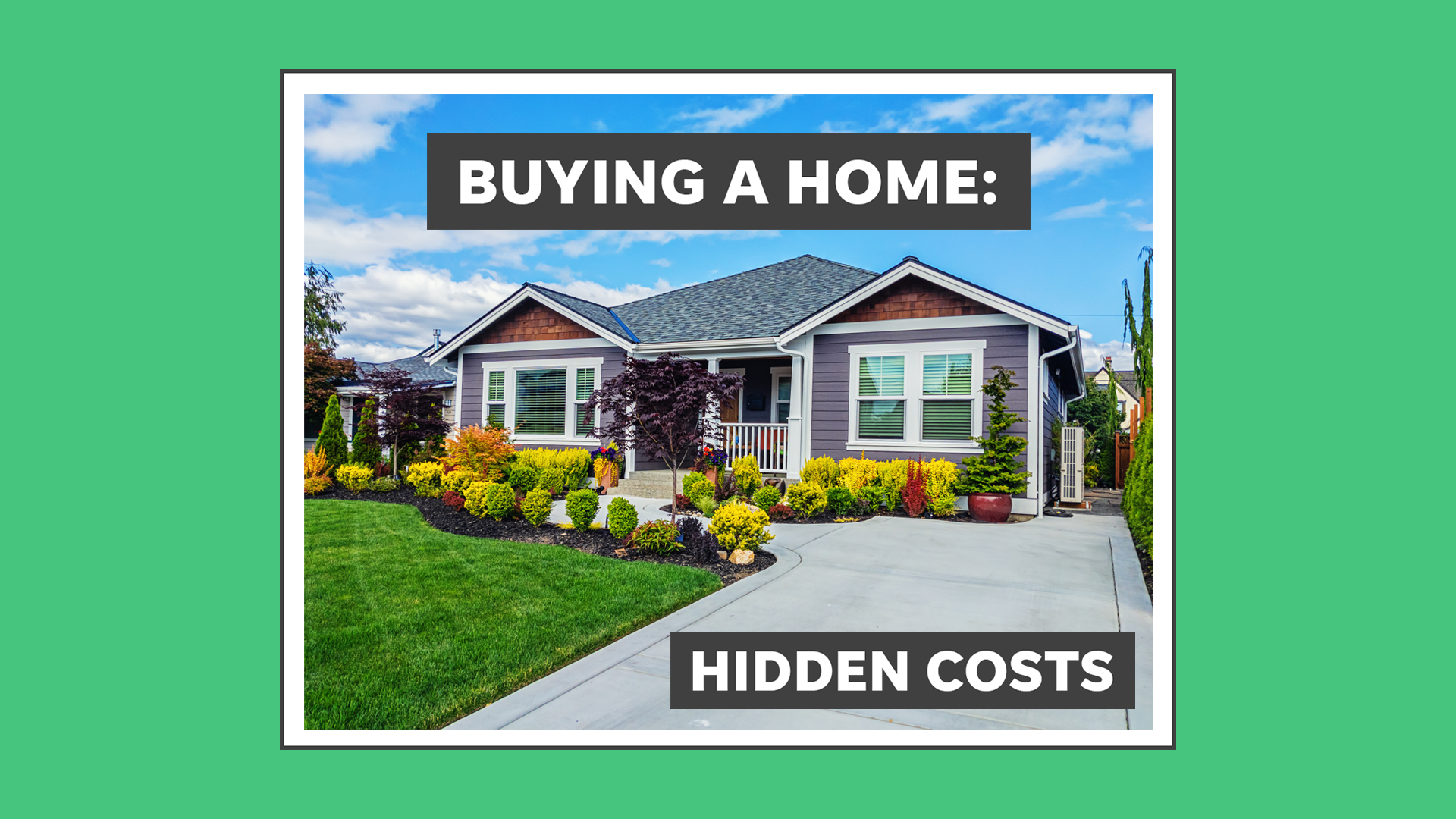As the housing market drifts higher, Americans pay more for homes in snowy states

Cold snaps, cars buried under snow, dropping temperatures and darker winter mornings?
Bring it on!
That seems to be the sentiment guiding people living in snowy states -- who are also willing to pay a premium to reside there, a new report suggests.
Median home values in the nation’s 10 snowiest states are $13,060 more than median home values in the nation’s 10 least snowy states, according to an analysis by Lending Tree.
“Sometimes we tend to overemphasize people's desire to live in a warmer part of the country,” says Jacob Chanel, senior economist at Lending Tree. “But if you look at the distribution of where people live in the United States, a lot of them live in relatively snowy areas and some of the most expensive parts of the country, like Jackson Hole, Wyoming, are expensive largely because they're home to ski resorts.”
When disaster strikes. What are your rights?: What recourse does a tenant have in the face of climate change. Not much
'I'm living a nightmare': What homeowners need to know as climate change threatens properties
Though they tend to be more expensive, median-priced homes are slightly more affordable relative to median household incomes in the nation’s winter wonderlands.
In the 10 states that get the most snow each year, median-priced homes are an average of 3.93 times more expensive than median annual household incomes. In the 10 states with the least snow, they’re 4.09 times more expensive.
The notable exceptions in that category are Hawaii and California, two states with notoriously high housing costs. The median home value in Hawaii — the least snowy state — is almost three times more expensive than the median value in the nation’s snowiest state, Vermont.
Many of the snowy states also tend to have better job opportunities.
“If you look at the states that get the least amount of snow, most of them are southern states," says Chanel. "And people who live there don't earn as much money and home prices tend to not be as high.”
He says that barring a few of the colder states, the more wintery markets likely have more robust industries, which generate more money and support higher home prices.
Building costs in colder places also make them more expensive.
"Homebuilders in snowier states often need to shell out more money than they would have if they built a home in a warmer area,” says Chanel. “This is not only because it’s physically harder to build a home while the ground is frozen and snow is falling, but also because builders need to spend more money on raw materials like insulation and on amenities like high-quality heating systems."
At the start of the pandemic, there was an assumption that many Americans would move to warmer areas because they could work remotely, says Chanel.
But his data shows that didn't happen, he says. “Most companies sort of either didn't give people clear directions as to how long that remote work would last or said it will be temporary."
Most movers (an average of 85.4%) tend to remain in the state where they were already living, according to data derived from LendingTree users who requested a mortgage loan from March 1, 2020, through Sept. 21, 2021.
This suggests that though some people may say they would prefer living in a warmer area, most aren’t keen to move from a snowy state to a warmer one, Chanel says.
The most popular destination for homebuyers in 27 states was the neighboring state.
Home affordability in the nation’s snowiest states
1. Vermont
Average annual snowfall: 89.25 inches
Median home value: $235,000
Median household income: $67,428
Median home value to income ratio: 3.49
2. Maine
Average annual snowfall: 77.28 inches
Median home value: $211,000
Median household income: $58,782
Median home value to income ratio: 3.59
3. New Hampshire
Average annual snowfall: 71.44 inches
Median home value: $297,800
Median household income: $80,972
Median home value to income ratio: 3.68
Home affordability in the nation’s least snowy states
1: Hawaii
Average annual snowfall: 0.00 inches
Median home value: $648,000
Median household income: $86,391
Median home value to income ratio: 7.50
2. Florida
Average annual snowfall: 0.01 inches
Median home value: $261,500
Median household income: $61,736
Home value to income ratio: 4.24
3. Louisiana
Average annual snowfall: 0.20 inches
Median home value: $174,000
Median household income: $51,730
Home value to income ratio: 3.36
Swapna Venugopal Ramaswamy is the housing and economy reporter for Paste BN. Follow her on Twitter @SwapnaVenugopal